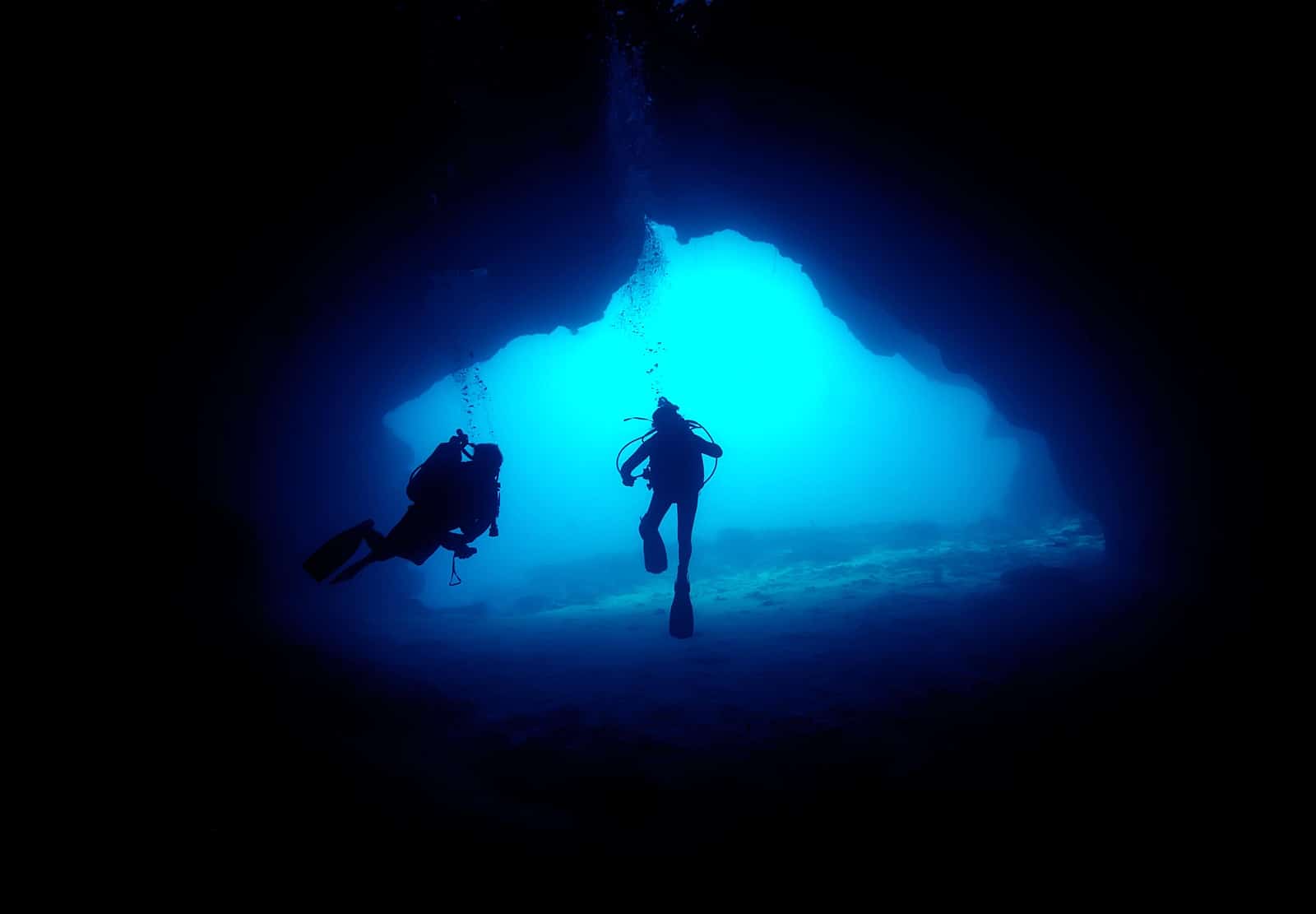
The rescue of the Wild Board soccer team from a cave in Tham Luang captivated the world earlier this month. The junior soccer team, consisting of 12 boys aged 11 to 17 and their 25 year old coach, was located by British divers on July 2nd after having been trapped for nine days when heavy rains partially flood the cave. A plan was then formulated as to how to extract them, a plan which involved calling on experienced cave divers including two Australian doctors.
Anaesthetist Dr Richard Harris and retired vet Dr Craig Challen arrived in Northern Thailand on July 6 and dived into the flooded cave the next day. The two men are member of the Wet Mules, a diving group who have travelled the world exploring some of the most technically challenging caves. Dr Harris has previously participated in cave retrievals and is part of the Australian medical assistance team registered with the Department of Foreign Affairs and Trade.
Cave diving is a perilous activity even for experienced divers. The Thai cave rescue mission was hampered by monsoon waters, narrow chambers and low visibility. Many of the experienced divers involved in the rescue doubted it would be successful considering the location and the health of the boys due to lack of food and exposure.
Upon reaching the soccer team, Dr Harris conducted initial medical assessments on the boys. He was also instrumental in giving the medical all-clear for each boy to leave the cave and administered anaesthesia to prepare them for the risk extraction operation. None of the boys or their coach had any previous diving experience so they were sedated to prevent panic during the extraction. After exiting the cave system each boy was assessed by the military medics and then taken to hospital to recover.
Around 90 divers were involved in the rescue which was made up of an international team including Thailand, the United States, Australia, China, and Europe. The divers were supported by hundreds of staff from a range of international organisations. Thailand’s Navy SEALs made up the bulk of the divers involved in the rescue operation. A former Thai Navy SEAL unit, who was working with the rescue operation in a volunteer capacity, died as he lay oxygen tanks along the potential exit route, highlighting the extreme danger of the mission.
Rescuers receive bravery awards
Dr Harris is among nine Australians who received bravery awards for their work with the international team who assisted in the rescue. The medals were presented for actions which showed considerable bravery. Prime Minister Malcom Turnbull said that the medal recipients made Australians proud with their courage and professional competence. Dr Harris and Dr Challen both received the Star of Courage, the second-highest Australian bravery award.
